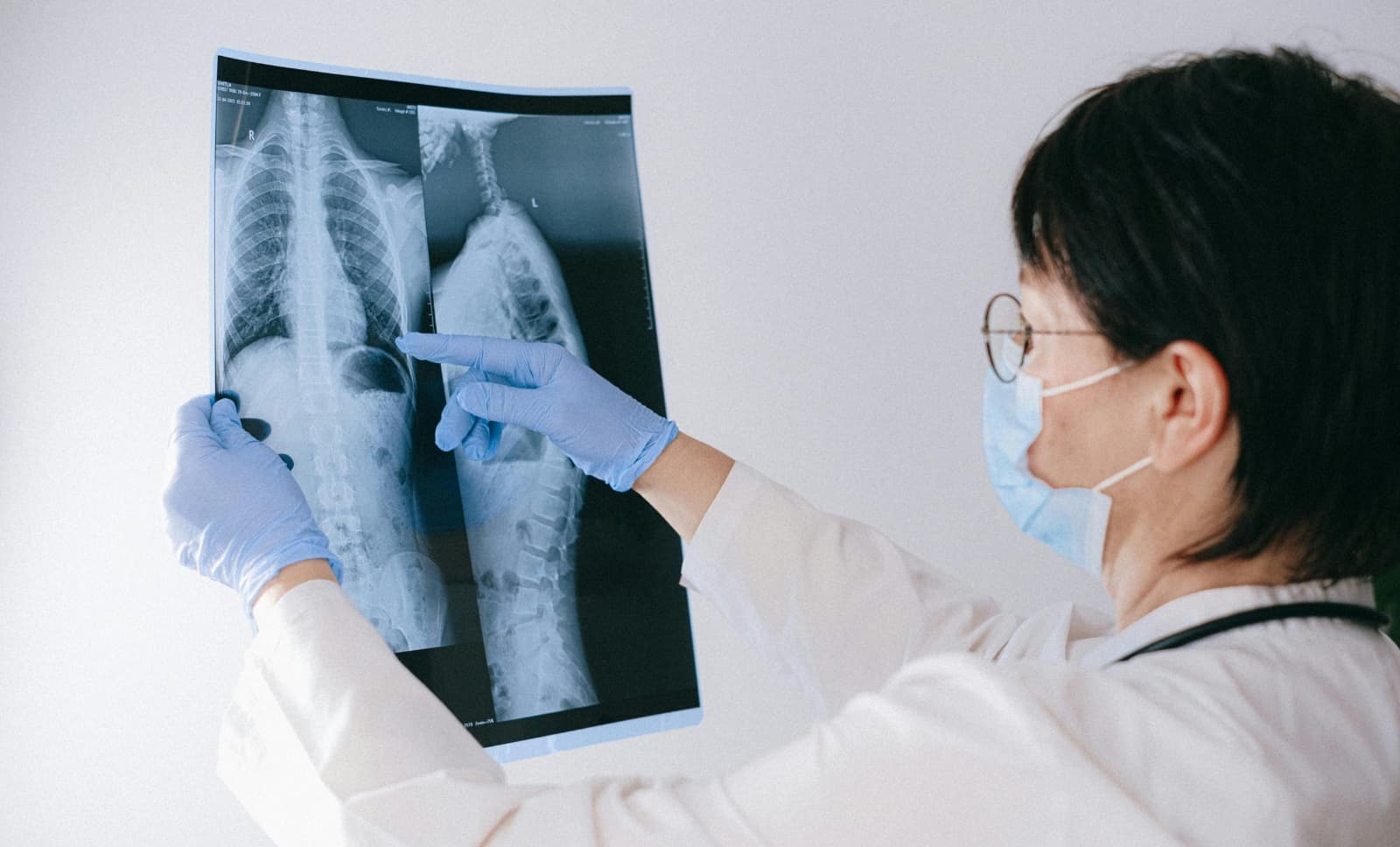Clinical Guidelines and Birth Injury Claims
By Dr David Sharpe, Barrister
Posted 28 August 2020
7 Minute Read

Tags:
- Birth Injury
- Birth Injury Claims
- Birth Trauma Litigation
- High-Value CN Claims
Expert Disciplines:
- General Practice (GP)
About The Author

Dr David Sharpe
Barrister
Dr Sharpe is a medically qualified Barrister specializing in clinical negligence and healthcare law. Before qualifying as a lawyer, he practised Emergency Medicine at Consultant level. He has extensive experience in birth injury cases involving complex medical evidence and regularly lectures to both legal and medical professionals. Dr Sharpe is based at 12 Kings Bench Walk, London, and is also admitted to practice in Northern Ireland, Ireland, and the Caribbean.
From the Blog
Related Articles

Gain insights into consent, causation, and breach in complex paediatric spinal claims. A must-read case study for clinical negligence solicitors navigating high-risk surgical decisions.

Clinical negligence solicitors: gain expert insight into the complex medico-legal risks of breech delivery, helping you better assess claims, guide clients, and secure stronger case outcomes with INNEG.
Thank you for your request!
We will get back to you as soon as possible.
